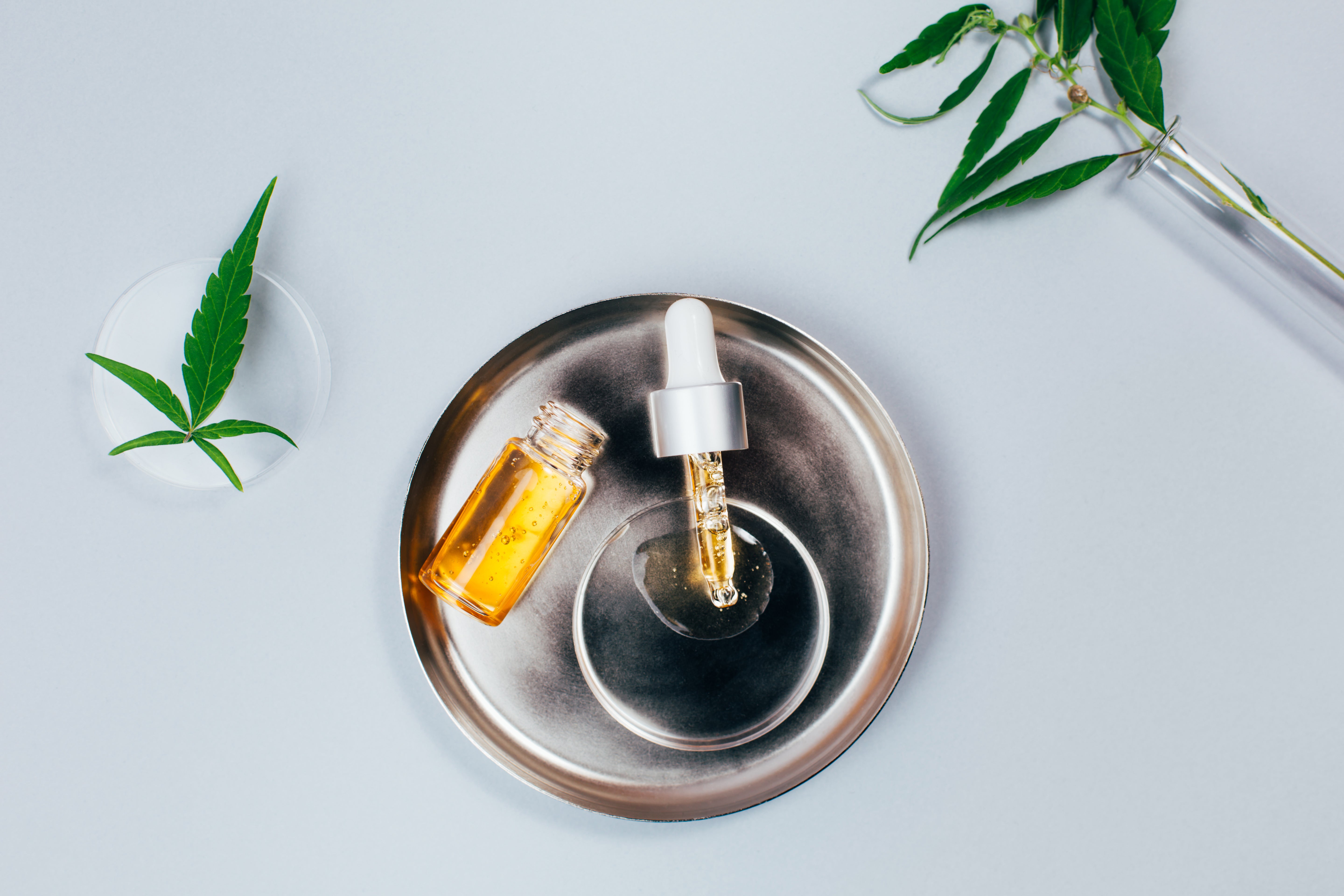Always apply sunscreen, wear a hat, and avoid staying in the sun too long: We all know this very well, but sometimes it still happens: a sunburn. In this blog post, you'll learn what you can do to support your skin in acute cases.
Sunburn is truly unpleasant: Your skin is red, tight, burns, and feels hot. And don't forget: With every sunburn, the risk of skin cancer increases. Sunscreen is therefore essential when sunbathing. But what do you do if you misjudge the amount of sun and expose your skin to the sun for too long?
How much sun is too much sun?
Each skin type has a specific natural protection time, which depends on the skin's pigmentation. This time describes the length of time the skin can be exposed to the sun without suffering damage. Light-skinned Central European skin has a natural protection time of approximately 10 to 20 minutes, while very dark skin is protected for up to 60 minutes.
Prolonged exposure to the sun without sunscreen can cause skin to burn. The worst part is, the first symptoms don't appear until about six to eight hours after sun exposure. By the time the skin is reddened, it's already far too late to apply sunscreen or seek shade.
Symptoms range from redness, swelling and burning to blisters and can last up to two weeks, depending on the severity of the burn.

Acute measures for sunburn
To avoid sunburn, the motto is, of course, apply sunscreen, cover your skin, and avoid the intense midday sun. But if it does happen, the following measures can help:
Cool
For mild sunburn, it's often sufficient to cool the affected areas. However, please don't use ice or cold packs; use wet towels or washcloths instead. Ice cools the skin too much and causes even more damage. Special cooling face creams from pharmacies or after-sun products are also excellent.
Moisturize
When you get sunburned, the most important thing is to moisturize your skin as much as possible. Avoid greasy creams, as these can clog pores and lead to heat buildup and pimples.
Better options include moisturizing lotions and serums (e.g., our Hyaluronic Acid Serum or Daily Hydration Day Cream), as well as special panthenol lotions or aloe vera gels. If in doubt, a doctor can prescribe an anti-inflammatory lotion containing cortisone, which promotes wound healing.
Drink enough
It's also important to drink enough water when suffering from sunburn, as the skin loses a lot of fluid due to the burn.
When do I need to see a doctor?
If your sunburn develops blisters, it's recommended that you consult a doctor. Never pop any blisters yourself, as the affected areas may become infected.

Alternatively: Sunscreen and tan from the bottle:
To prevent sunburn from occurring in the first place, we recommend applying sunscreen daily or a day cream with a built-in sun protection factor. Our Hyaluron Cream SPF 20 is ideal for the face. We recommend applying sunscreen every day, even in bad weather or during the winter. This is because harmful UV rays can reach our skin and promote premature aging.
Do you want an even tan without overexposing your skin to the sun? Then our Self Tan Drops are ideal for you. These self-tanning drops are easily mixed into your day cream and give you a fresh, even tan after just a few applications. And best of all: no risk of sunburn!


